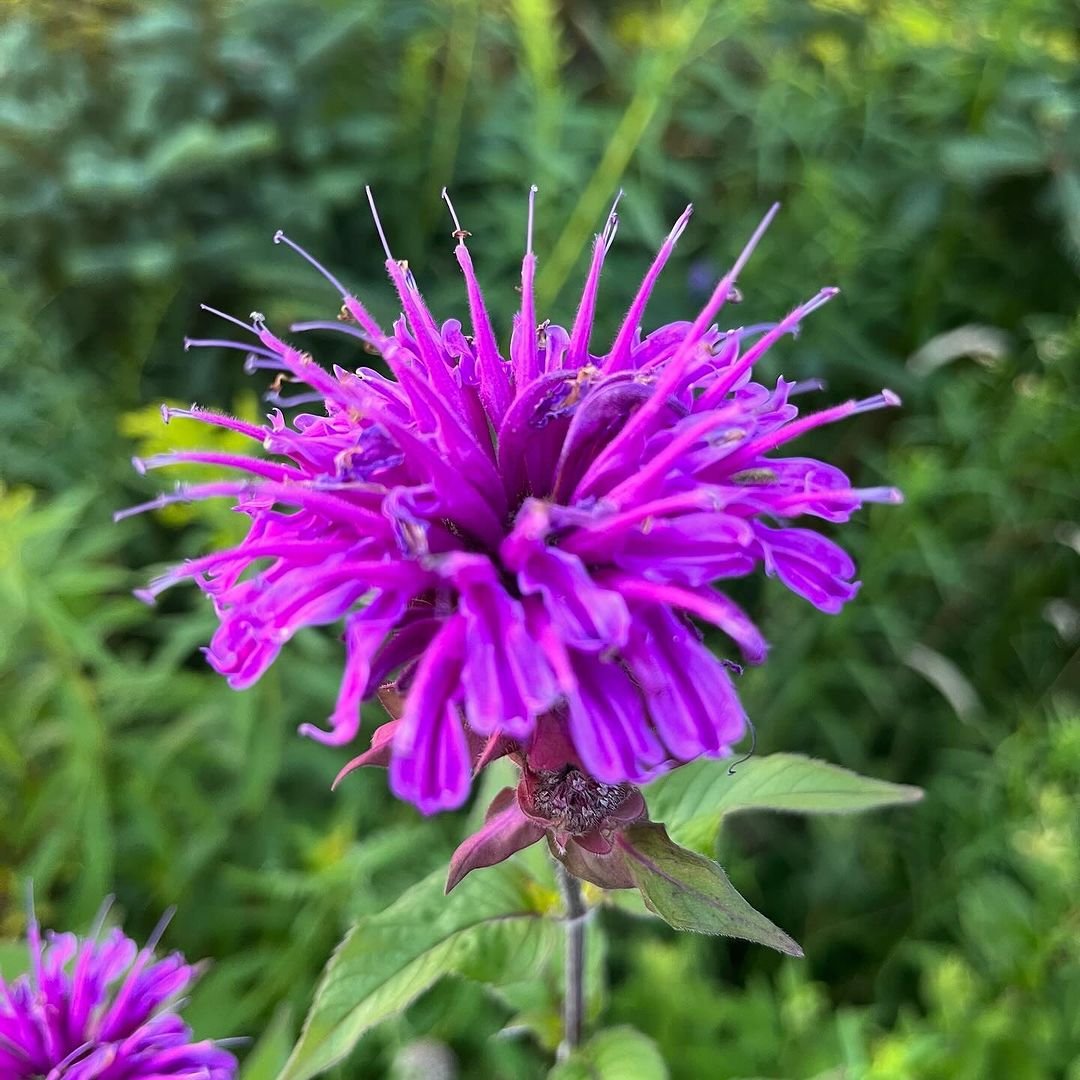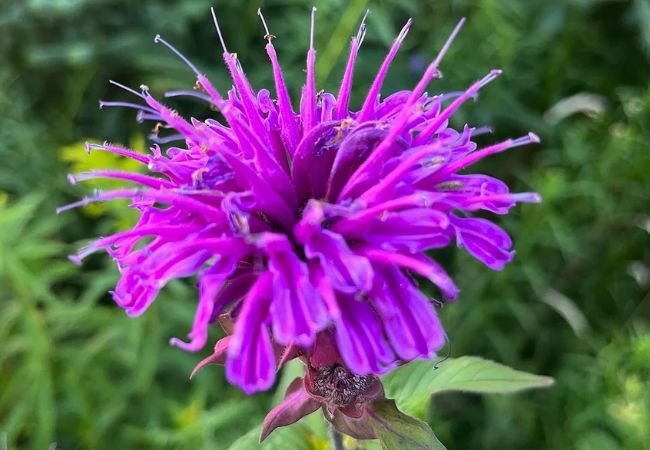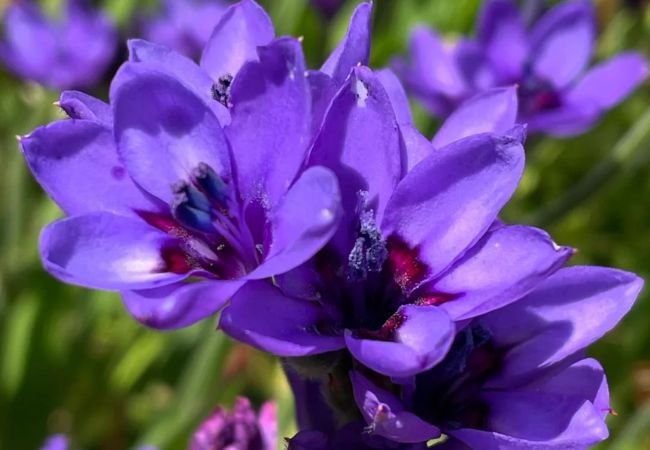Discover the vibrant Beebalm Flower: learn how to grow, care for, and use this beautiful, pollinator-friendly plant in your garden. Perfect for beginners and experienced gardeners alike.
Have you heard of the Beebalm flower? Also known as Monarda, bergamot, or Oswego tea, this eye-catching plant is a favorite among gardeners and pollinators. In this article, we’ll explore what it is, how to grow it, and why it might be a great fit for your garden.
Here’s the information about Beebalm flowers in an easy-to-understand chart format:
| Aspect | Details |
|---|---|
| Botanical Name | Monarda didyma |
| Common Name | Beebalm, Bergamot, Oswego Tea |
| Plant Zone | Zones 4-9 |
| Sun Exposure | Full sun to part shade |
| Soil Type | Well-drained, moist soil |
| Watering Needs | Moderate, prefers consistently moist soil |
| Growth Habit | Upright, clumping |
| Height/Spread | 2-4 feet tall, spreads 1-3 feet |
| Special Features | Bright, tubular flowers in red, pink, purple, or white; fragrant foliage; attracts bees, butterflies, and hummingbirds; resistant to deer and rabbits |
What is a Beebalm Flower?

Beebalm (Monarda) is a native North American plant that belongs to the mint family. It’s known for its bright, showy flowers and aromatic leaves.
- Colors: Beebalm comes in shades of red, pink, purple, and white.
- Size: Plants typically grow 2 to 4 feet tall.
- Leaves: The leaves are dark green and have a strong, pleasant scent.
How to Grow Beebalm Flowers
Growing Beebalm is pretty straightforward. Here’s what you need to know:
- Sunlight: They prefer full sun but can tolerate partial shade.
- Soil: Well-draining, rich soil is best.
- Water: Keep the soil consistently moist but not waterlogged.
- Temperature: Beebalm is hardy in USDA zones 4-9.
Planting Tips:
- Plant in spring or early fall.
- Space plants 18-24 inches apart.
- Divide plants every 3-4 years to keep them healthy.
Uses in the Garden
Beebalm has many uses in the garden:
- Flower beds: They add height and bright colors.
- Pollinator gardens: They attract bees, butterflies, and hummingbirds.
- Herb gardens: The leaves can be used to make tea.
- Cut flowers: They make beautiful, long-lasting bouquets.
Caring for Your Beebalm Flowers
To keep your Beebalm healthy:
- Water regularly, especially during dry spells.
- Deadhead spent blooms to encourage more flowers.
- Provide good air circulation to prevent powdery mildew.
- Cut back plants in late fall after the first frost.
Benefits of Growing Beebalm Flowers
There are many reasons to grow Beebalm:
- They attract pollinators: Bees, butterflies, and hummingbirds love them.
- They’re drought-tolerant once established.
- They have a long blooming period, typically from mid-summer to early fall.
- The leaves can be used to make a flavorful tea.
Beebalm (Monarda) is a versatile and beautiful addition to any garden. With its bright colors, ability to attract pollinators, and ease of care, it’s a great choice for both new and experienced gardeners. Why not plant some Beebalm in your garden this year?
Remember, gardening is about enjoying nature and learning as you go. Don’t worry if things aren’t perfect – just have fun watching your Beebalm grow and bloom!
For more gardening tips and plant care guides, visit usagardenhub.com.






